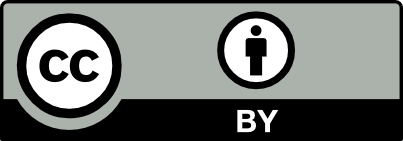June 9, 2020
The COVID-19 pandemic creates greater urgency for high quality, customizable, no- and low- cost instructional materials designed with remote instruction in mind. Open Educational Resources (OER) meet these needs while also increasing the revenues of the institutions that adopt them. Driving OER Sustainability for Student Success (DOERS3) is a collective of 23 higher education systems and state/province-wide OER initiatives in the U.S. and Canada. We represent approximately 6 million students across 650 colleges and universities. The DOERS3 Steering Committee urges higher education institutions to accelerate their adoption of high-quality OER this summer and fall.
OER has four advantages over traditional textbooks in the COVID-19 learning environment
|
OER is: - Remote-instruction friendly - Adaptable - Accessible forever - A good investment |
DOERS3 urges senior leaders to take these three actions as soon as possible
|
Senior leaders should: - Position OER as the "first option" - Develop OER strategic plans - Provide financial support |
This statement is licensed by DOERS3 by Creative Commons Attribution 4.0 (CC-BY 4.0). Members of the DOERS3 Steering Committee are MJ Bishop, University System of Maryland; Ann Fiddler, City University of New York System; James Hallmark, Texas A&M University System; Rebecca Karoff, University of Texas System; Leslie Kennedy, Affordable Learning Solutions; Mark McBride State University of New York System; and Deepak Shenoy, Deep Consulting.
Footnotes
Footnote 1:
For example, the entire OpenStax.org catalog of OER is available in course shells for Canvas, a common higher education learning management system.
For example, the entire OpenStax.org catalog of OER is available in course shells for Canvas, a common higher education learning management system.
Footnote 2:
OER has been estimated to have saved $921 million for higher education students in the US and Canada as of 2018. Source: Nicole Allen “$1 Billion in Savings through Open Educational Resources,” October 12, 2018.
OER has been estimated to have saved $921 million for higher education students in the US and Canada as of 2018. Source: Nicole Allen “$1 Billion in Savings through Open Educational Resources,” October 12, 2018.
Footnote 3:
Source: Achieving the Dream’s report “OER at Scale: The Academic and Economic Outcomes of Achieving the Dream’s OER Degree Initiative,” page 40.
Source: Achieving the Dream’s report “OER at Scale: The Academic and Economic Outcomes of Achieving the Dream’s OER Degree Initiative,” page 40.

